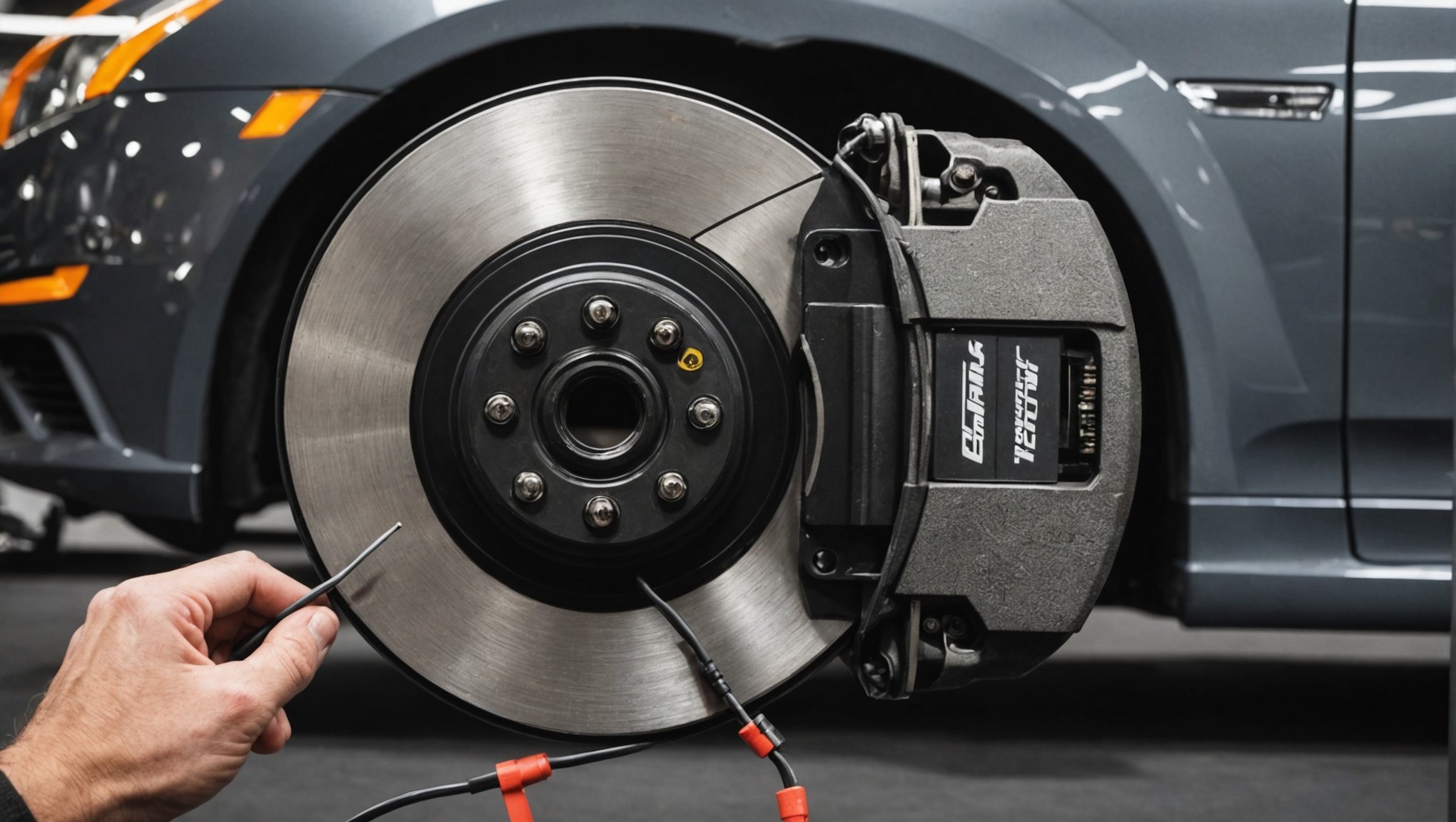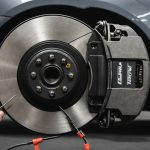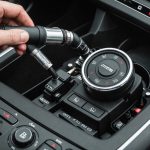Installing new brake pads is just the first step to enhancing your vehicle's performance. Properly calibrating your car’s Electronic Brake Force Distribution (EBD) is essential for ensuring optimal braking efficiency and safety. Misalignment can lead to uneven wear and compromised stopping power. This guide provides practical insights on how to master EBD calibration, ensuring that your car responds accurately under varying driving conditions while maximizing the benefits of your new brake pads. Get ready to elevate your driving experience with expert tips and best practices.
Understanding Electronic Brake Force Distribution (EBD)
Electronic Brake Force Distribution (EBD) is a crucial brake system technology that enhances both vehicle safety and performance. It optimises the distribution of braking force among the wheels, ensuring stability and control during various driving conditions. This technology is particularly beneficial in preventing wheel lock-up and maintaining traction.
Also to see : Optimizing Car Adaptive Lighting: Tips for Safer Nighttime Driving
EBD operates by adjusting the brake force applied to each wheel individually, based on factors such as vehicle load, speed, and road conditions. This adjustment is made possible through a combination of sensors and control units, which form the core components of EBD systems. These sensors continuously monitor parameters like wheel speed and vehicle dynamics, transmitting data to the control unit. The control unit then calculates the optimal brake force distribution, ensuring effective braking performance.
The importance of EBD cannot be overstated, as it significantly contributes to improved handling and reduced stopping distances. By maintaining optimal brake force distribution, EBD helps drivers maintain control, especially during emergency braking situations. This technology is a testament to the advancements in brake system technology, showcasing how innovation can lead to safer and more reliable vehicles.
Also to discover : Optimizing Your Lane Departure Warning System for Safe Driving on Rural Roads in the UK
Tools and Equipment Needed for Calibration
When performing EBD calibration, having the right automotive tools is essential to ensure accuracy and safety. The process requires specific brake system equipment to achieve optimal results. Here are some of the key tools and equipment needed:
-
Diagnostic Scanner: A crucial tool for monitoring and adjusting EBD performance. It reads and interprets data from the vehicle's control unit, allowing technicians to make precise calibrations.
-
Wheel Speed Sensors: Used to verify the accuracy of the EBD system. These sensors help in detecting any discrepancies in wheel rotation, which is vital for effective brake force distribution.
-
Brake Force Tester: This equipment measures the braking force applied to each wheel, ensuring that the EBD system distributes force correctly.
In addition to these tools, wearing appropriate safety gear is imperative when working on brake systems. This includes gloves, goggles, and protective clothing to safeguard against potential hazards. Proper precautions, such as ensuring the vehicle is securely lifted and stable, should always be observed to prevent accidents. By using the right EBD calibration tools and following safety measures, technicians can maintain the efficiency and reliability of brake systems.
Step-by-Step Calibration Process
Understanding the EBD calibration procedure is crucial for ensuring optimal brake performance. This section provides detailed guidance on preparing, executing, and verifying the calibration process.
Preparing for Calibration
Before beginning the EBD calibration procedure, ensure the vehicle is in a stable position and the workspace is well-organised. Check that all necessary tools, such as the diagnostic scanner and brake force tester, are available. Inspect the brake pads and replace them if necessary to ensure accurate calibration.
Performing the Calibration
Follow the calibration guidelines closely to execute the process accurately. Connect the diagnostic scanner to the vehicle's control unit, and use it to adjust the brake force distribution settings. Pay attention to the data provided by the wheel speed sensors to ensure the EBD system is functioning correctly. Proper brake pad installation is essential during this step to maintain the system's efficiency.
Post-Calibration Checks
Once the calibration is complete, conduct thorough post-calibration checks to verify success. Test the brake system under various conditions to ensure the EBD system distributes force evenly. This step is crucial to confirm that the calibration has been executed correctly and the vehicle is safe for driving.
Troubleshooting Common EBD Issues
Understanding how to address EBD troubleshooting can significantly enhance brake performance. Common signs of EBD malfunction often arise after brake pad replacement. These include uneven braking, unusual noises, or the vehicle pulling to one side. Such symptoms indicate potential issues with the EBD system that require attention.
Solutions for Calibration Mistakes
Calibration mistakes are a frequent source of brake performance issues. If you notice inconsistent braking, it may stem from incorrect settings during the calibration process. Revisit the calibration guidelines to ensure all steps were correctly followed. Check the connections of the diagnostic scanner and verify data from wheel speed sensors to confirm accurate readings.
When to Seek Professional Assistance
Sometimes, despite your best efforts, EBD troubleshooting might require professional intervention. If recalibration attempts do not resolve the issues or if there are persistent warning lights on the dashboard, it’s advisable to consult a qualified technician. They possess the expertise to diagnose and rectify complex EBD problems effectively. Seeking professional help ensures the safety and reliability of your vehicle's braking system.
Consequences of Improper Calibration
Improper EBD calibration poses significant risks to vehicle safety and performance. When calibration is inaccurate, the brake system may not distribute force correctly, leading to uneven braking. This can cause the vehicle to pull to one side, especially during emergency stops, increasing the likelihood of accidents.
EBD Calibration Risks
Incorrect calibration can result in brake system failure, compromising the overall safety of the vehicle. The EBD system relies on precise data from sensors to adjust brake force. If this data is misinterpreted due to calibration errors, it can lead to inadequate braking response, especially in adverse conditions.
Impact on Vehicle Handling
The handling of a vehicle is directly affected by improper EBD calibration. Uneven brake force distribution can destabilise the vehicle, making it difficult to control. This is particularly dangerous at high speeds or on slippery surfaces, where precise braking is crucial for maintaining traction and preventing skidding.
Long-term Effects
Neglecting proper EBD calibration after maintenance can have long-term implications. Continuous strain on the brake system due to improper force distribution can lead to premature wear of brake components. This not only reduces the lifespan of these parts but also increases maintenance costs and risks of brake failure.














